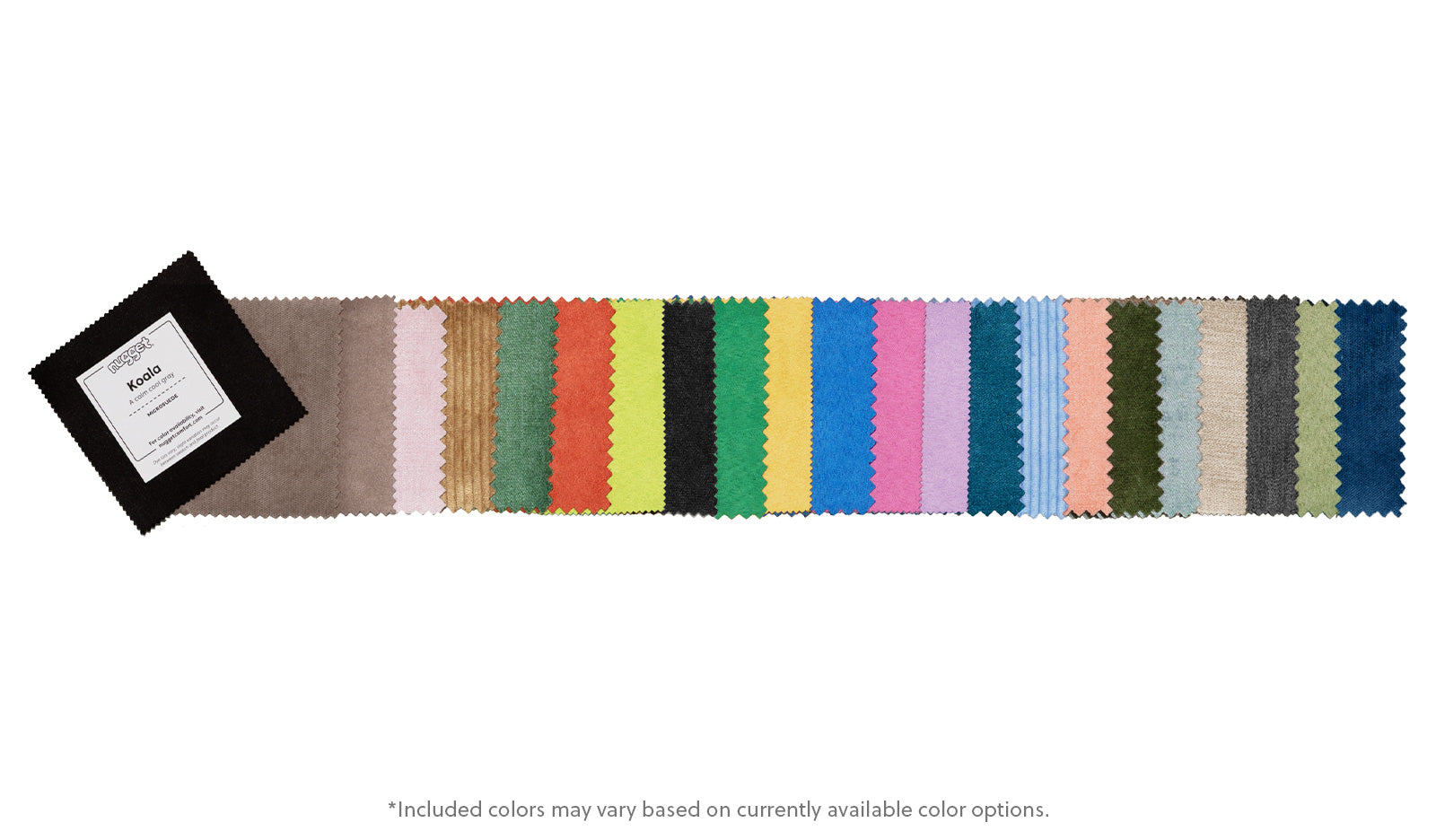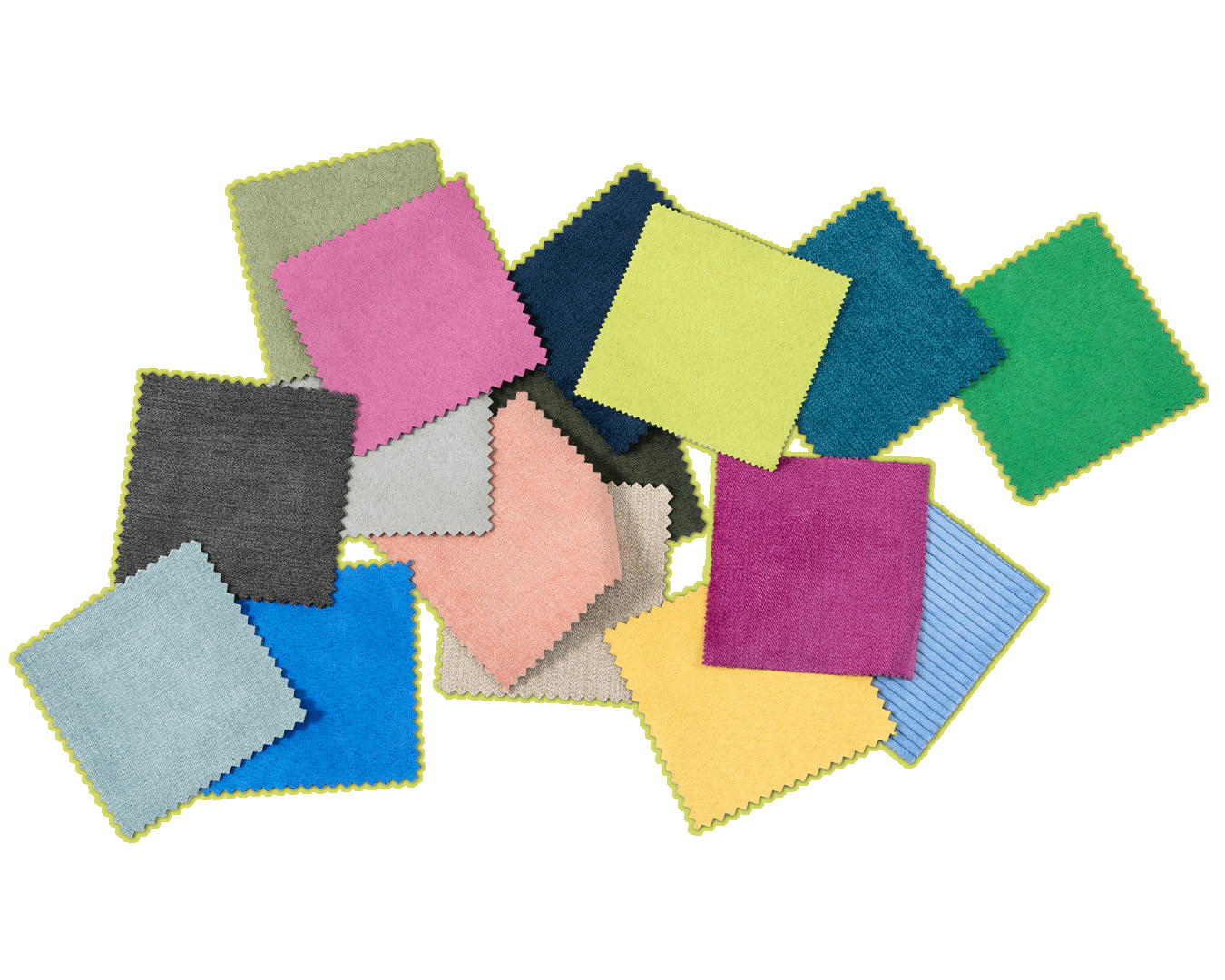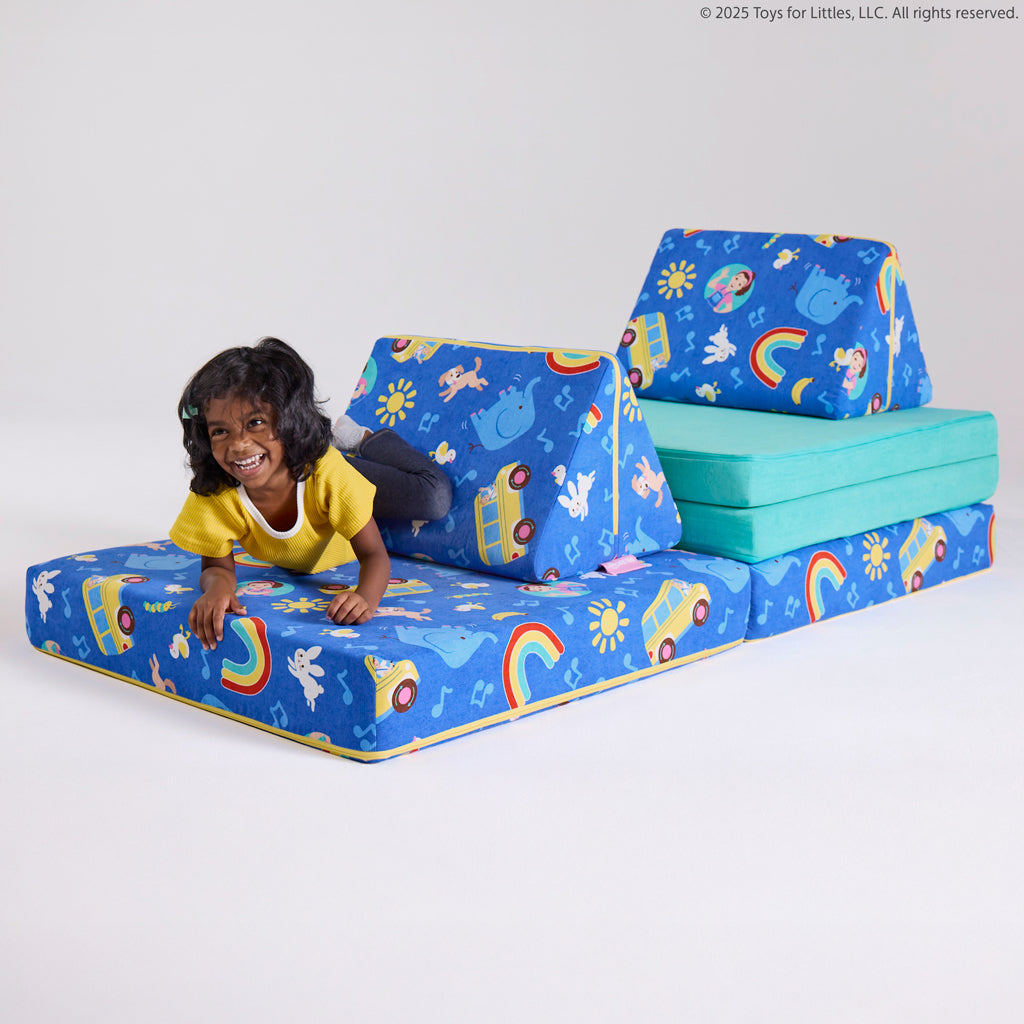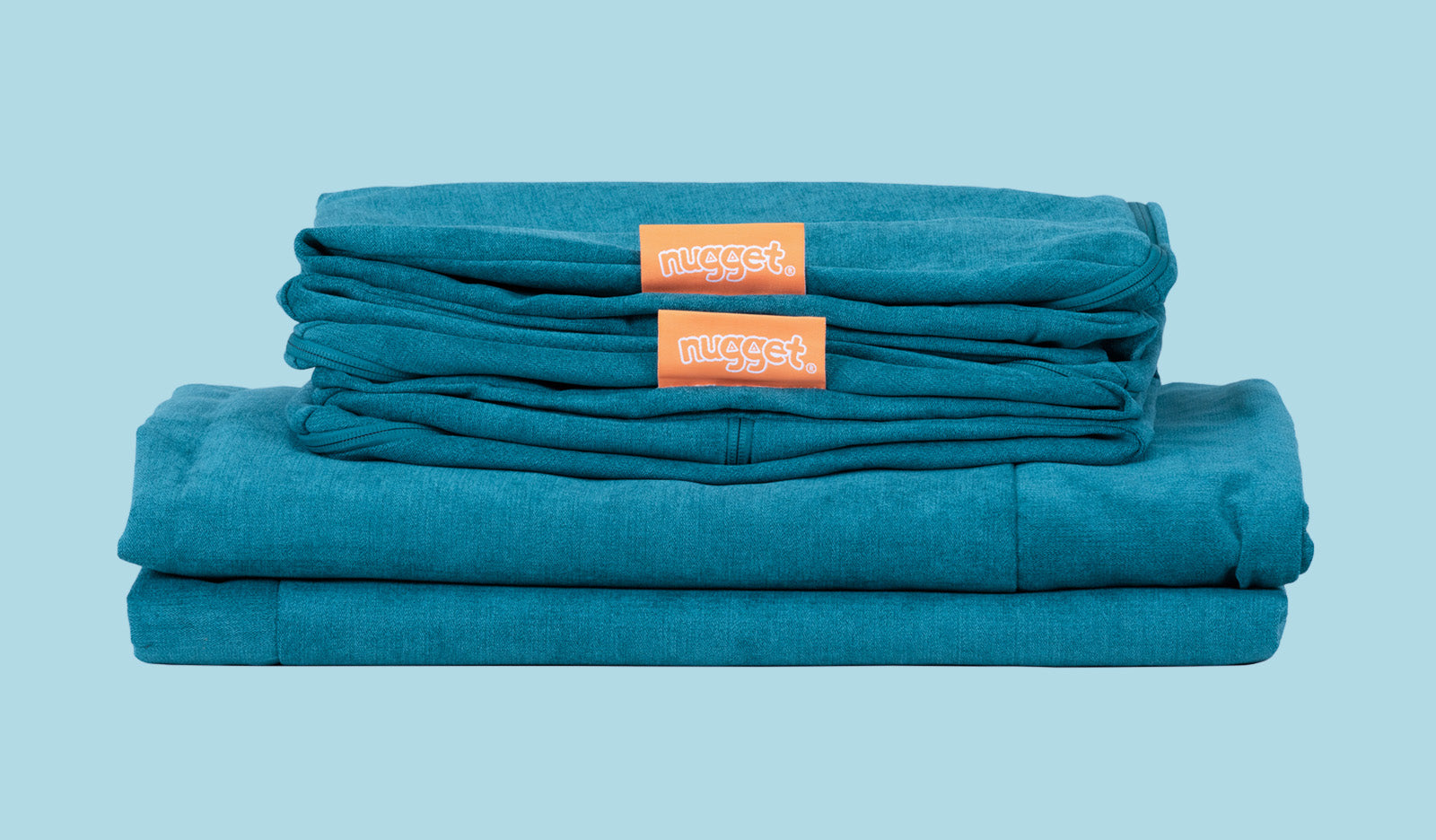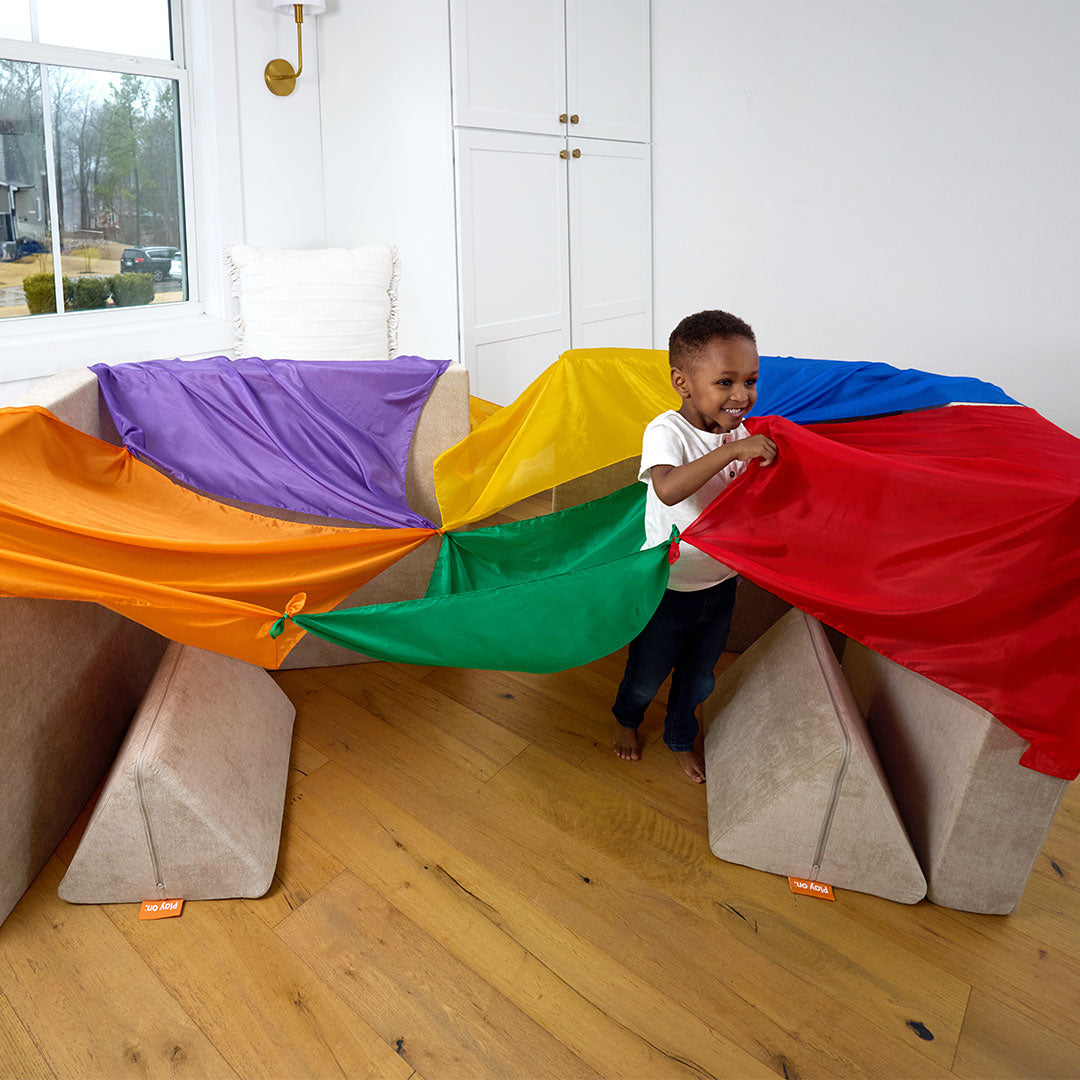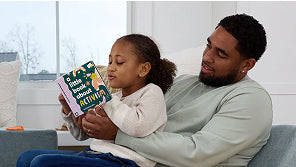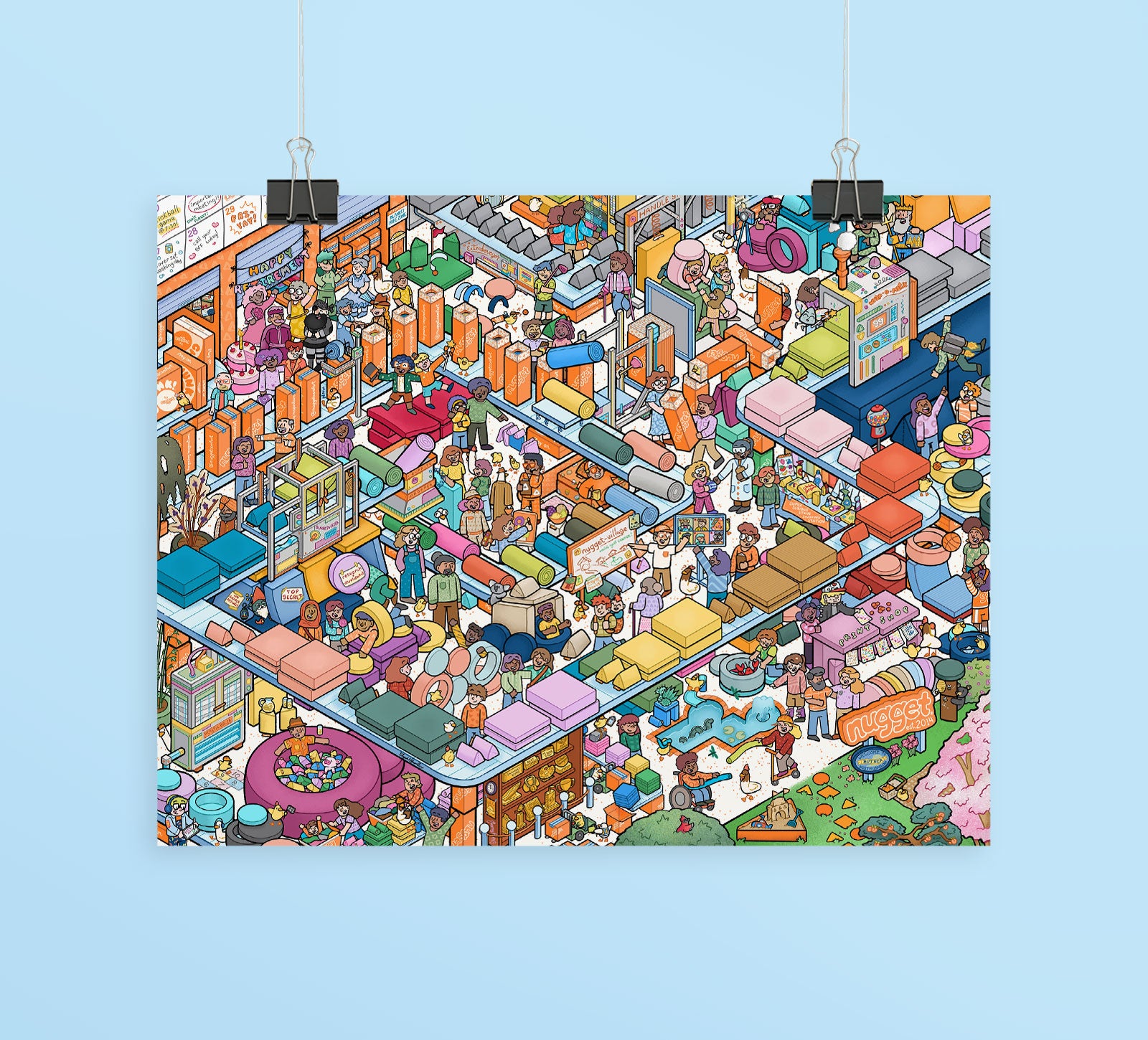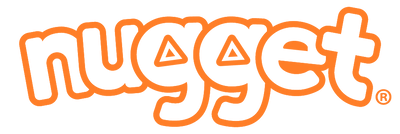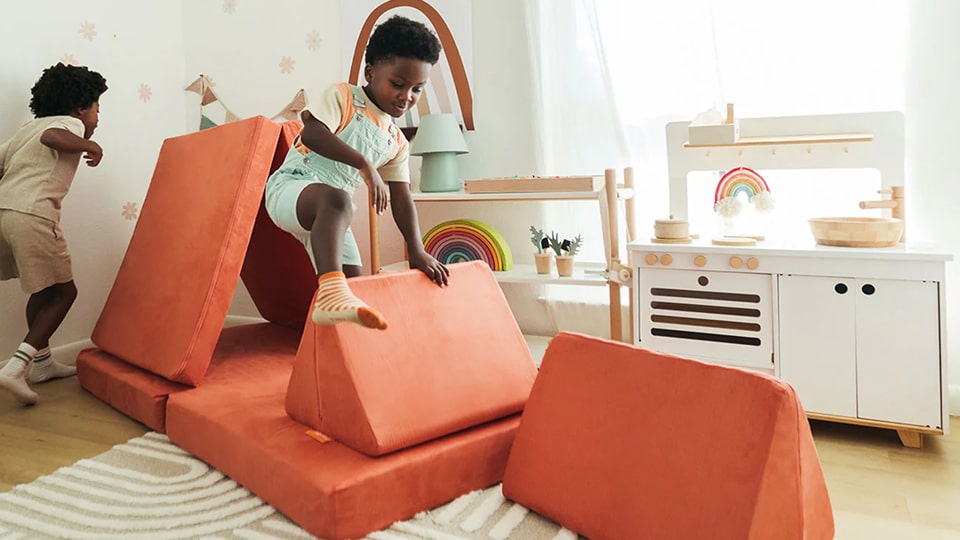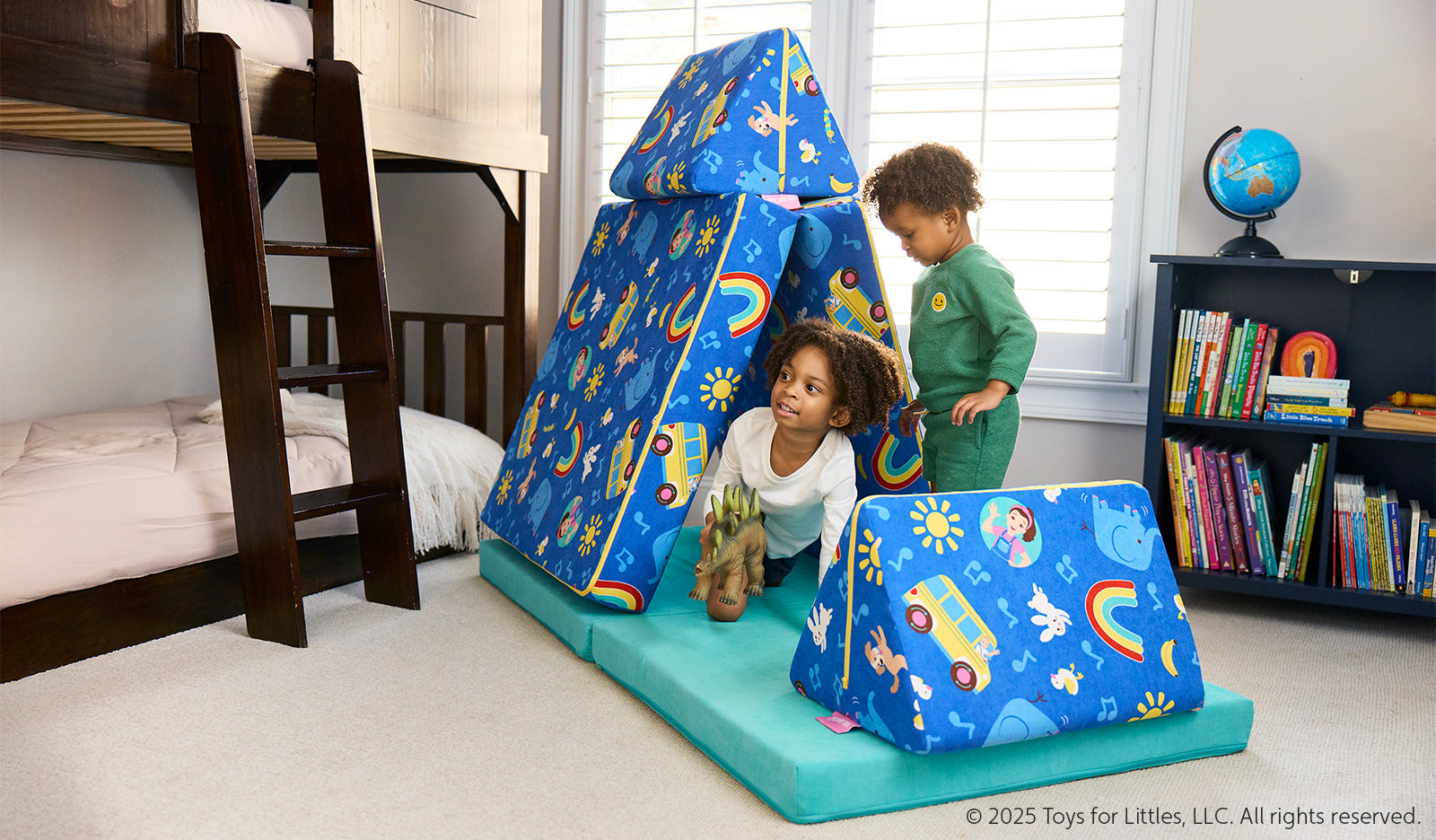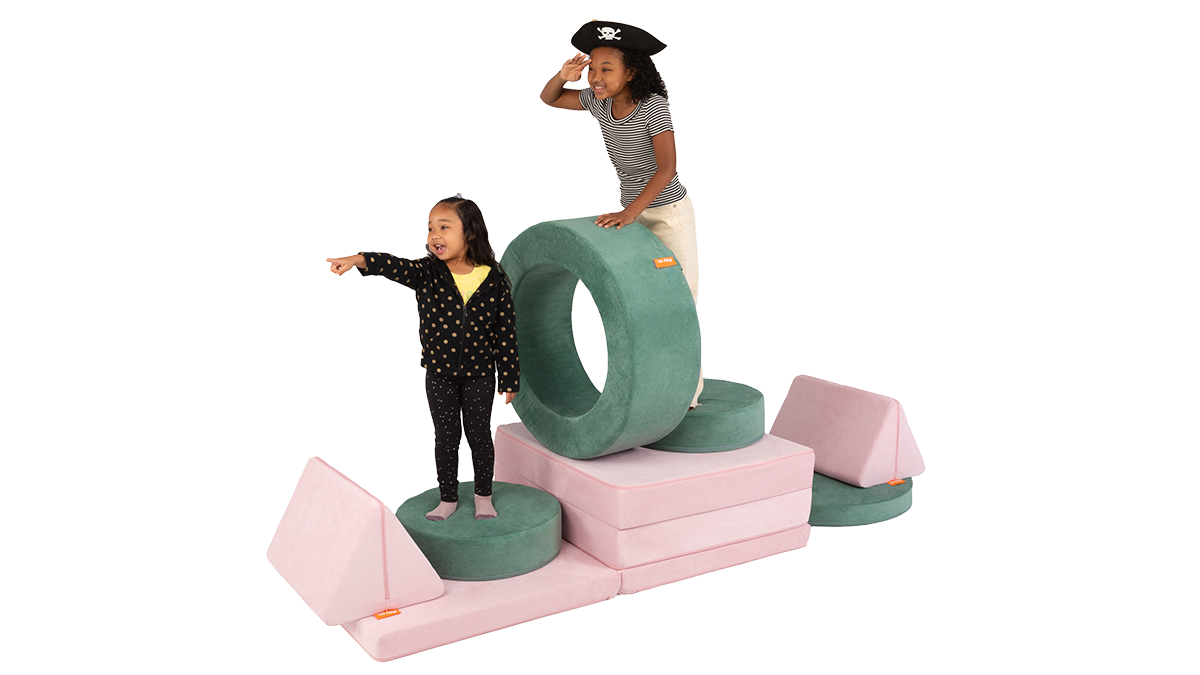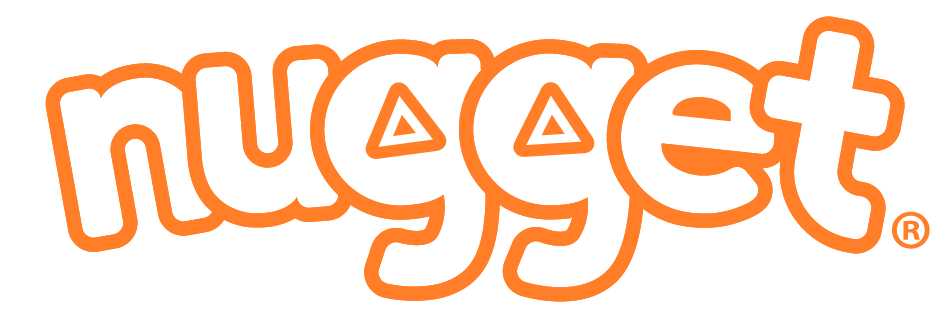Reimagining What it Means to be Accessible.
Editor’s Note: March is National Disability Awareness Month. Here at Nugget, we believe it’s important to be supportive year-round to people with disabilities. We’re partnering with Ablr — an agency that’s passionate about disability inclusion and digital accessibility — to make our website and content more accessible for everyone. We asked Ablr Co-Founder and CEO John Samuel to write a guest post on his work with Ablr and Nugget — work that is deeply personal, because he is blind.
Do you remember the sound of a modem? Or the phrase “You’ve Got Mail”? Well, these were the sounds of my late teenage years. I grew up on dial-up Internet and America Online, better known as AOL. When I went off to college in 1999, I had high-speed Internet for the first time, and it changed my world. I stopped using AOL for email, but switched to its messenger application. The Internet was still in its infancy, and there was so much to explore!
However, during my first year of college, I was also diagnosed with a deteriorating eye condition and was told I was going blind. It was devastating news for an 18-year-old kid, and I didn’t want to let anyone know about what I was going through. I didn’t want to be seen as different, so I kept my failing sight a secret.
My dependency on the Internet quickly increased over the years, and just as quickly, I was less and less able to depend on my eyes. I was no longer able to use the web the way I’d grown up using it. I had to start using a screen magnifier, which is a software application that allowed me to increase the size of text and graphics on the computer screen. Eventually, that couldn’t help, even when I was making things 15 times their original size.
I had to shift to using a screen reader, which is a software program that allows me to read the text and content that is displayed on the computer screen with a speech synthesizer. Essentially, the screen reader tells me what’s on the screen, so I don’t need to rely on my eyes. And if you were wondering, no, my screen reader doesn’t sound like the melodic voice of Siri or Alexa, but rather a robot on caffeine!
This transition forced me to reimagine the way I do pretty much everything in my life, from researching recipes for dinner to shopping for furniture. What many people don’t realize is that navigating the web as someone with a disability often comes with accessibility barriers that limit me from doing things like everyone else can.
Before I started to lose my sight, I thought of accessibility in terms of parking spots and ramps, but I didn’t think about it from a digital standpoint. That’s why I co-founded Ablr, to help businesses and organizations be more inclusive of all people, even on the web. I’m so excited that companies like Nugget are committed to addressing accessibility issues on their websites.
So, what does it mean to have an accessible web page?
Having an accessible web page means that the content and functionality of a website can be accessed and used by a wide range of people, including those with disabilities or impairments.
Web accessibility involves designing and developing websites in a way that accommodates users who may have difficulties with visual, auditory, mobility, or cognitive impairments.
It can include things like providing alternative text descriptions for images, creating captions or transcripts for audio or video content, making sure text is easy to read and colors are contrasted, and ensuring that the website can be navigated with just a keyboard and without a mouse.
It is important to understand that accessibility is a journey, and something that needs to be continuously worked on, but the Nugget team is doing a great job of addressing issues on their own site, to enable more people to use and benefit from their website, regardless of their individual abilities or disabilities. Below are a few of the actions we’ve partnered with Nugget on to make it easier for people who are blind like me to use their site:
- Adding Alternative Text: Alternative text, also known as "alt text," is a brief description of an image that is used by screen readers and other assistive technologies to convey the content of the image to people with visual impairments. Alt text is important because it helps to make images on a web page accessible to users who are blind, have low vision, or have other disabilities that make it difficult or impossible to see the images.
- Improving the heading structure: Heading structure is important for screen readers because it helps users with visual impairments to navigate and understand the content of a web page. Screen readers use heading structure to create a hierarchical outline of the page, which allows users to quickly skim and locate content, and to understand the overall structure and organization of the page. If a page is poorly structured or lacks clear headings, it can be difficult for users with visual impairments to navigate and understand the content.
- Considering accessibility in decisions: As a result of working with Ablr, Nugget’s teams are much better equipped to notice and double-check its decisions about content. Nugget is working through a list of improvements as part of its accessibility journey. Remember, accessibility needs to be continuously addressed and considered to ensure consumers of all abilities are included.
March is National Disability Awareness Month. I challenge you to reimagine what it means to be accessible and create more inclusive experiences for everyone. We’re grateful to the Nugget team for being proactive and taking the first step in their accessibility journey – and calling on the Ablr team to join them. That’s a sound I like to hear!
John Samuel is the author of the book, Don’t Ask the Blind Guy for Directions, and Co-Founder & CEO of Ablr, a disability inclusion and accessibility business working to remove barriers that hinder people with disabilities from all aspects of life. In college, he was diagnosed with retinitis pigmentosa, a genetic and degenerative disease that caused him to lose his eyesight. After struggling to belong and succeed in the sighted world, John now empowers both individuals and organizations to overcome accessibility challenges and build more inclusive environments. To read more about Ablr’s work, visit their website at www.Ablr360.com
